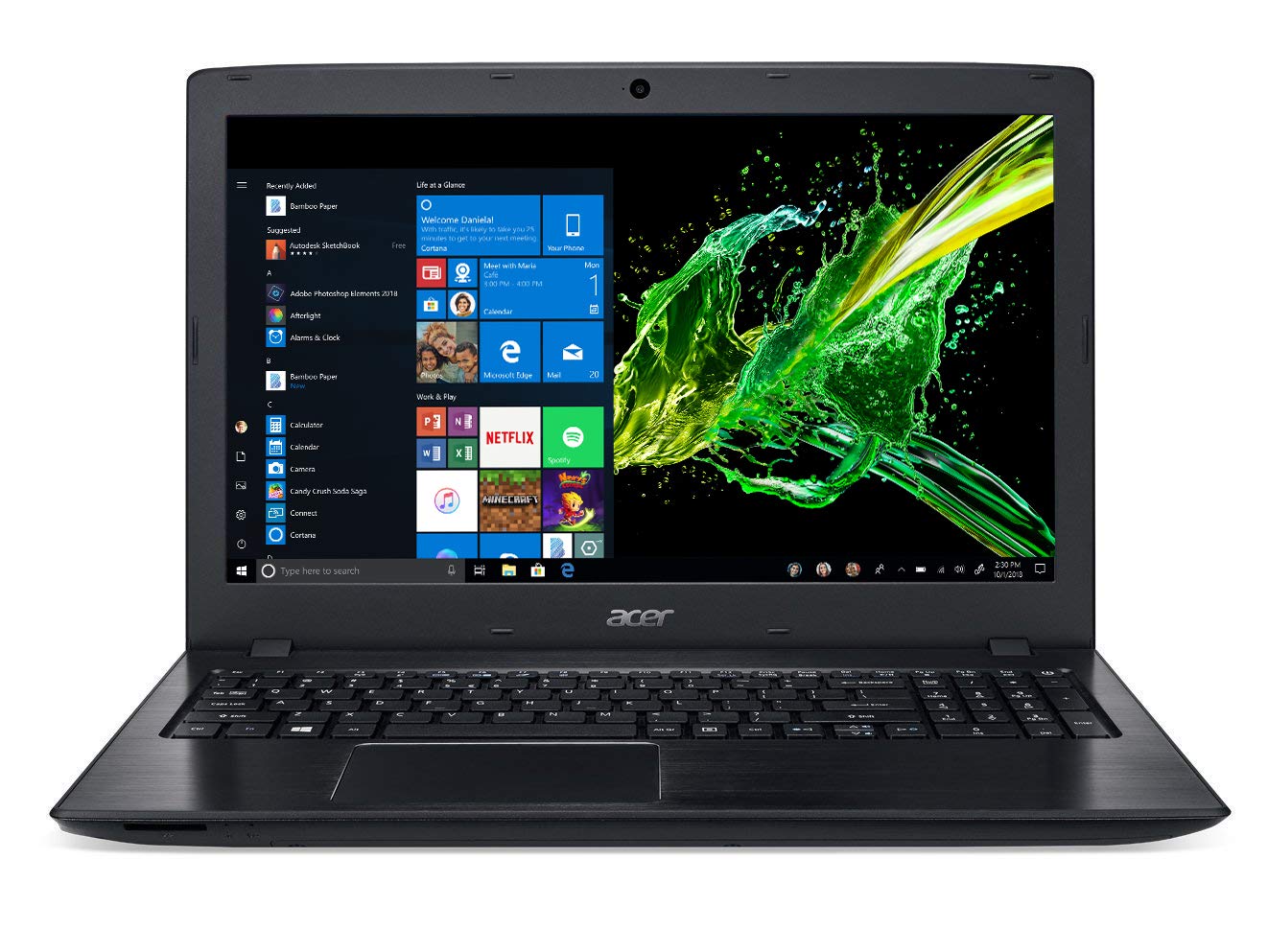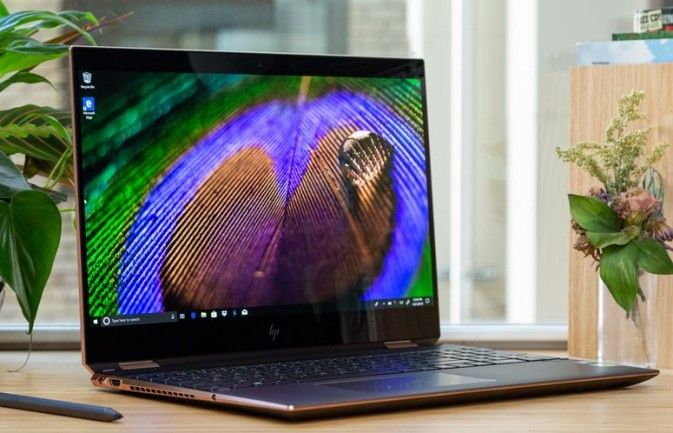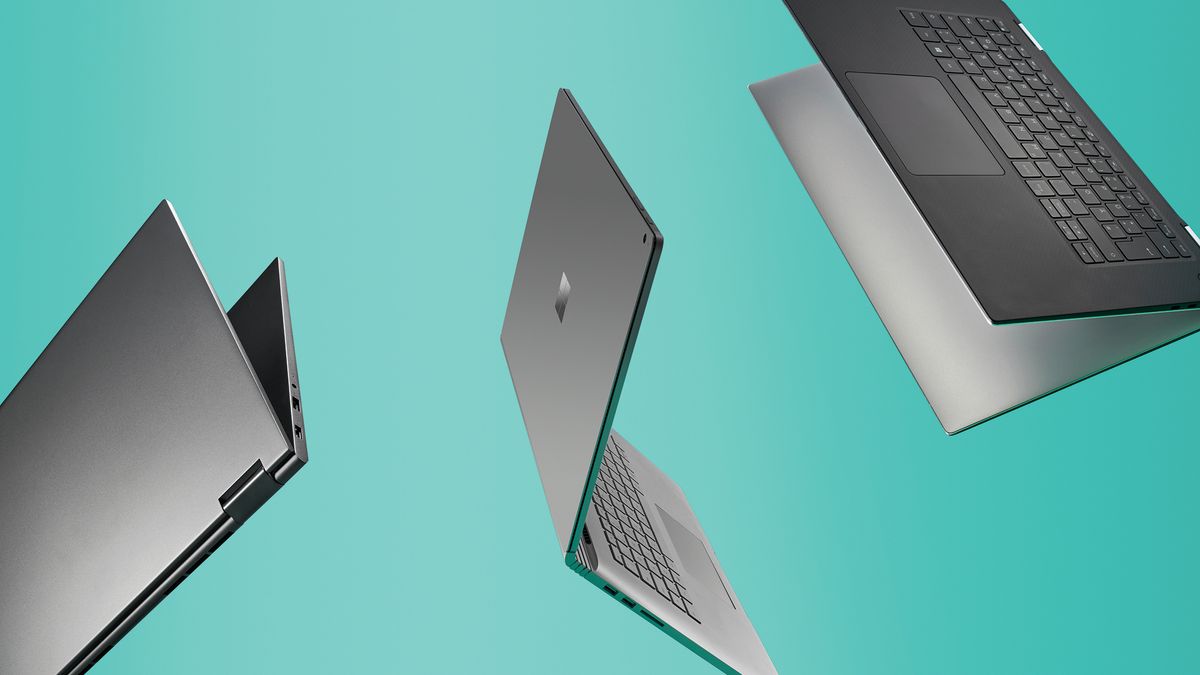The best photo editing laptops will offer plenty of speedy storage. Ideally an SSD (Solid State Drive) with 512GB or 1TB (or higher) storage. This gives you fast data transfer rates (handy for moving all your photos to and from one of the best external hard drives or camera memory card), while also offering plenty of space to hold those large. Best laptop for 2020: Dell, HP, Microsoft, Apple, Acer, Lenovo and more. Giving you a little extra speed for photo and video editing and casual gaming.
You have your DSLR camera to take raw pictures, but you’d need a computer to edit your images for that final, perfect touch. While photographers swear by their cameras, their second best friend is their laptop.
You’ll need a good mix of the following- a speedy processor, all the RAM you can get and a dedicated graphics card for handling most of the editing work. Storage should be enough for hundreds or even thousands of RAW files. Display size and quality are important because you need the most accurate color representation on a high-resolution screen.
Here are the best laptops for photo editing under $1000
Contents
| Laptop Model | Weight | Storage | Size |
|---|---|---|---|
| Dell Inspiron G5 | 5.66 lbs | 512 GB | 15.6 in |
| ASUS ZenBook | 5.29 lbs | 1 TB | 13.3 in |
| HP Envy 17T | 6.73 lbs | 1 TB | 17.3 in |
| Acer Aspire R | 4.74 lbs | 256 GB | 15.6 in |
| Acer Swift 3 | 3.75 lbs | 256 GB | 14.3 in |
| Lenovo Yoga 720 | 4.41 lbs | 256 GB | 15.6 in |
| ASUS VivoBook | 3.70 lbs | 1 TB | 15.6 in |

1. Dell Inspiron G5
Dell is a well-loved computer brand that’s known for selling powerful machines at a reasonable price. The Dell Inspiron G5 laptop attests to that fact by offering solid computing and photo editing power at well below a thousand dollars.
The laptop’s chassis is a serious business black made of premium plastic. The 15.6 inch IPS display’s native resolution is set at full HD 1920 x 1080 resolution with anti-glare coating and technology. The IPS has the advantage over traditional panels as it offers a wider viewing angle and better sRGB color representation. You can be sure that editing will be done right in terms of correcting saturation, hue, and other elements.
Under the Inspiron 15.6’s hood is a 7th generation i7-7700HQ Intel quad-core processor that can be boosted to 3.8 GHz, 16 GB of RAM which is upgradable to 32 GB, 512 GB of SSD storage space for all your digital files, and an NVIDIA GeForce GTX 1050 with 4 GB of VRAM for graphics. The Inspiron 15.6 model has enough hardware to do all photo or video editing, programming, CAD projects and maybe even some gaming on the side. Battery life is expected to last for 7 hours before needing a charge.
Connectivity options come in the form of three USB 3.0 ports and an HDMI out for a multiple display option or a bigger one.
Pros
- No-nonsense, stylish design
- 15.6 inches IPS display
- Fast boot via SSD
- 3D Gaming is supported
- Backlit keyboard
Cons
- No optical drive
- No USB type C port
- Contains a few bloatware
2. ASUS ZenBook UX330UA-AH55 Ultrabook 13 Inch
The ZenBook line is synonymous with power and performance, and the Ultrabook 13 inch Zenbook is no exception. The ultra-slim profile is sleek, but that belies the fact that there’s blazing hardware inside the chassis!
The 13.3 inch full HD display maxes out at 1920 x 1080 resolution, with wide viewing angles and top-notch sRGB gamut representation. It has the latest 8th generation i5-8250U Intel quad-core processor and 8 GB of RAM, making the Zenbook one of the best in photo editing. A powerful UHD Intel 620 GPU handles the pixels and the polygons.
The well-roundedness of the laptop comes into play when you check out the other specs. The speakers and audio are touched by Harman Kardon technology, and there’s a fingerprint sensor for added security. More than photo editing, the ASUS Ultrabook 13 will work perfectly for when you want an all-in-one machine. You can multi-task as much as you want and even call upon the laptop for delivering entertainment in the form of browsing the web or watching the latest on Netflix.
The ZenBook ultrabook 13 trumps out its competitors in portability and design. The laptop’s numbers mean you’ll be using it for a long, long time!
Pros
Best Laptops For Photo Editing 2018
- Different configurations available
- Latest 8th generation CPU
- Crystal-clear, vivid display
- Has USB 3.1 Type C
Cons
- Unresponsive touchpad
- No ethernet
- No USB type C charging
3. Premium HP Envy 17T FHD
The first thing you’ll notice about the HP Envy 17T is the thin, minimalistic metal shell and the back-lit keyboard that evokes a futuristic, sci-fi theme. Open up the laptop and you’ll be treated to a huge 17 inch IPS display that puts out a resolution of 1920 x 1080 with wide vision technology for a more comfortable viewing experience.
Then, there’s the hardware that was simply made for photo editing. You get an 8th generation i7-8550U Intel core processor that can be clocked to 4 GHz, 16 GB of memory for all your multitasking needs and a whopper of an SSD for quick OS booting. The 1 TB of HDD storage space should be enough for all your photos, videos, and downloads. Booting to Windows 10 will only take 10 to 15 seconds with the help of the MSSD and SSD cache technology.
Graphics are handled by a robust, dedicated NVIDIA GeForce MX150 with 4 GB of VRAM. The HP Envy 17T is powerful enough to handle heavy photo editing programs such as Lightroom, Photoshop, and CAD without any lag or stuttering. The whole setup is complemented by the perfect combination of Bang & Olufsen audio that takes entertainment to the next level.
The slim form makes the HP Envy 17T the perfect companion for those who want to do some editing on the go. Added bells and whistles make it one of the best laptops for a variety of tasks, including editing, office work and for consuming entertainment.
Pros
- All-metal finish and sleek design
- Has a 256 GB SSD and 1 TB HDD combo
- Very portable
- Bang & Olufsen audio setup is amazing
- Excellent display
Cons
- Only 7 hours battery life
4. Acer Aspire R 15 2-in-1 Laptop 15.6″
The Acer Aspire R 15 stands out as one of the best convertibles in the market. Being a 2-in-1, the specs are what you’ll expect from an all-rounder, with a few exceptional features. The combination of a bright display and a tactile, responsive keyboard should make it the go-to weapon of choice for serious photo editors!
The 360 degree allows you to change modes, from traditional to tent, tablet or stand. The full HD aspect means you’re treated to a 1920 x 1080 resolution on an IPS display with multi-touch widescreen technology. Inside the Acer R 15 is the fastest 7th generation i7 Intel core processor that can be boosted up to 3.5 GHz, 12 GB of RAM and 256 GB of SSD storage. The 15-inch laptop also has a powerful GPU in the form of GeForce 940MX with 2 GB of VRAM to help speed up the photo or video editing process.
All the important specs are on the high-end spectrum, which means you’ll be able to make use of the Acer R 15 for a long, long time. The versatility of a 2-in-1 and the rated 9-hour battery life makes it your instant traveling companion. You’ll be better served if you bring an extra portable HD for all your RAW images and videos.
Pros
- Dazzling 15.6 inch IPS display
- Excellent bang for your buck
- 2-in-1 versatile functionality
- Good, responsive keyboard
Cons
- SSD can be faster
- The display can produce glaring
- So much bloatware
5. Acer Swift 3 14″
Acer has made their Swift brand line very desirable for discerning consumers. The 14 inch, SF314-52G-55WQ model has a lightning-fast 8th generation i5 8250U Intel CPU, 8 GB of LPDDR3 RAM and 256 GB of SSD storage. Most of the editing work is done by the beefy NVIDIA GeForce MX150 graphics card with 2 GB of dedicated GDDR5 VRAM. Shooting on location will usually mean that you’ll have to rely on an external storage drive for your photos, but there’s no denying the fact that the solid state option is better for improved loading times and software speed.

The Swift 3’s screen is full HD, which means you get a jump from standard laptop resolutions of 1366 x 768. More pixels means better detail and a more accurate editing, especially when it comes to videos. Connectivity options include an HDMI port, the standard USB array, Bluetooth and WiFi for wireless configuration. The keyboard is backlit, which means you can continue working even under dark conditions.
The slim form factor ups the Swift 3 in the portability factor, but this comes at a cost. Battery life is rated to last for around 5 to 7 hours, which may not be sufficient for some. The Swift 3 shines in situations for when you’re working on site and need to get a lot done in a hurry. The touchpad actually works very well in the absence of a mouse, allowing you to accurately edit photos without stumbling all over the screen. What’s more impressive is the Swift’s heatsink capability- the laptop stays cool to the touch even while working in extended sessions.
Pros

- Has a classy aluminum chassis
- Doesn’t get hot even after extended use
- Touchpad captures multiple gestures well
- Backlit keyboard
Cons
- Sub-par battery life
- RAM isn’t upgradable
6. Lenovo Yoga 720
Lenovo is one of the earliest adopters of the flip function, and they may have hit the jackpot in the Yoga 720. Buyers can get the stock Yoga 720 with the FHD display or pay a bit more to get the 4K option. If you shoot photos in 4K and have a drone, then it may be better to spring for the higher configuration for future-proofing purposes.
The 15.6-inch display is powered by an NVIDIA GeForce 1050 GTX graphics card. The Yoga 720 convertible includes an i7-7700HQ Intel quad-core processor and a 256 GB of SSD for storage space. Everything weighs in at just above 2.6 lbs., so bringing the laptop to and fro shooting locations won’t prove to be too difficult.
All that hardware translates to easy encoding of tons of RAW file images and videos, even the 4K ones. The 2-in-1 aspect allows you to get the keyboard out of the way and bring the screen closer for improved photo editing efficiency. There’s a lot to be said about the advantage of having a 4K display when working photos and videos- they come out so much better as compared to the FHD setups in terms of color representation and accuracy. As for the battery, it won’t be an issue with the Yoga 720. The unit lasts for around 8 to 9 hours before needing a charge. This should be enough to get you through a cross-country flight, airport delays, and unexpected inconveniences.
Pros
- The 2-in-1 design works very well
- 4K display configuration is available
- Strong, stable performance
- Long battery life
Best Laptop For Photo Editing 2018
Cons
- Looks ordinary
7. ASUS VivoBook 15.6

The VivoBook 15.6 from ASUS may be marketed as a budget laptop, but the machine puts out quite a remarkable performance that belies its price tag.
The F510UA-AH51 model comes with a snappy 8th generation i5 8250U Intel core processor, 8 GB of RAM and a terabyte of HDD. The HDD option is perfectly understandable for something that has to go in terms of keeping the costs down, but it still does a good job of booting up Windows 10 and intensive editing programs such as Lightroom, Photoshop, and others.
The design is more improved than its predecessor. More than that, the VivoBook 15.6 inch laptop is thinner and lighter at just 3.7 lbs., making it the perfect companion for those who are always on the road. A quick look at the display specs reveals a full HD IPS monitor that pans out at a resolution of 1920 x 1080 with 80 percent screen to body ratio and Nano Edge technology. You’ll appreciate the anti-glare coating that keeps the sun and bright ambient light from disturbing your photo editing process.
Boot time is a bit slower than an SSD, but the upside is more storage for your RAW images and videos. The VivoBook 15.6-inch laptop can work for around 5 to 6 hours before needing a power source. Graphics and pixels are handled by an Intel UHD 620. Audio quality is acceptable, and an array of connectivity options include a USB C reversible component for speedy data transfers. The chiclet-style keyboard is quite ergonomic, but there’s a noticeable amount of flex required. You’ll be able to do some editing work, consume entertainment and play games on low to mid settings. All in all, the VivoBook 15.6 is great value for your money!
Pros
- Lightweight and premium chassis
- Ergonomic keyboard
- Fingerprint sensor
- Respectable performance
Cons
- Slow boot time
- No keyboard backlighting